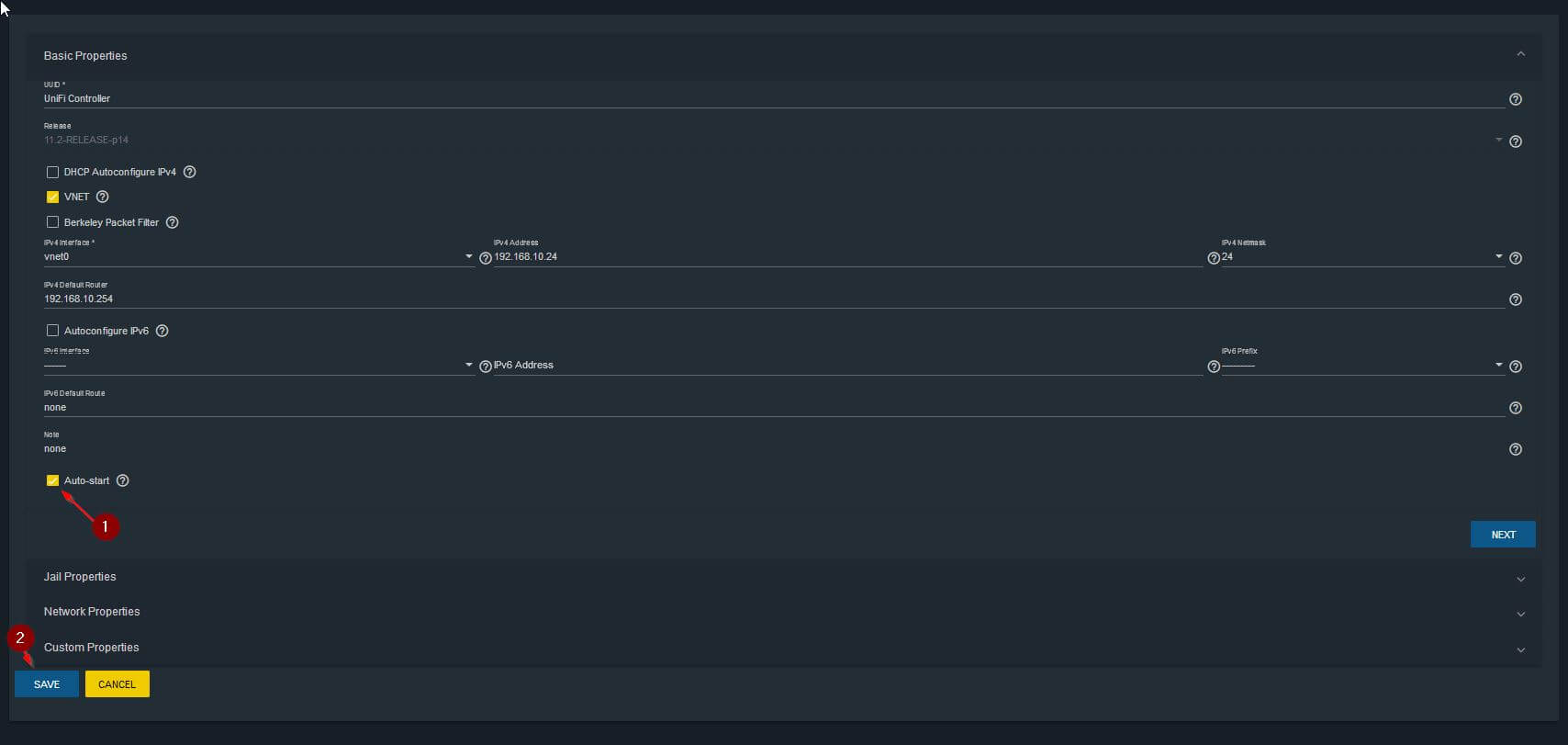


The controller will handle the roaming between access points and load distribution. The goal of this product is to manage access points and wireless devices from a unique web interface.įrom the interface, you can see all the access points and broadcast a unique SSID. Ubiquiti Networks productsĪnyway, the product that interests us today is a software: Unifi controller. The first third of the book teaches you the basics, but the following chapters include projects you can try on your own. It’s a 30-day challenge, where you learn one new thing every day until you become a Raspberry Pi expert. If you are looking to quickly progress on Raspberry Pi, you can check out my e-book here. So, I definitely recommend trying Ubiquiti, this is cheap compared to other famous brands but works very well.

The installation is straightforward, you can install it like any Debian package.īut the access points configuration is not so easy and I saw no article explaining this.Īs I’m using it at work, I can show you all the configuration steps with real access points and clients.īefore switching to Ubiquiti products, I remember having tested many brands to solve my issues, but none of them could support over 10-20 users simultaneously (I even tested a fireproof model from D-Link, something like this one on Amazon ^^). The configuration can then be done via a convenient web interface. deb package is also available directly on the website. The Unifi controller can be installed on a Raspberry Pi by adding the Debian repository from the manufacturer, and using apt to install all the required packages.
UNIFI CONTROLLER WHERE TO INSTALL SPICEWORKS HOW TO
It’s available on Raspberry Pi and I will show you how to install it. It’s the main goal of the Unifi controller: manage most of the tasks on a wireless network to avoid issues. If you have already managed multiple Wi-Fi access points, you should know that this can be a nightmare …īut with good choices for hardware and a controller, this becomes easier.


 0 kommentar(er)
0 kommentar(er)
